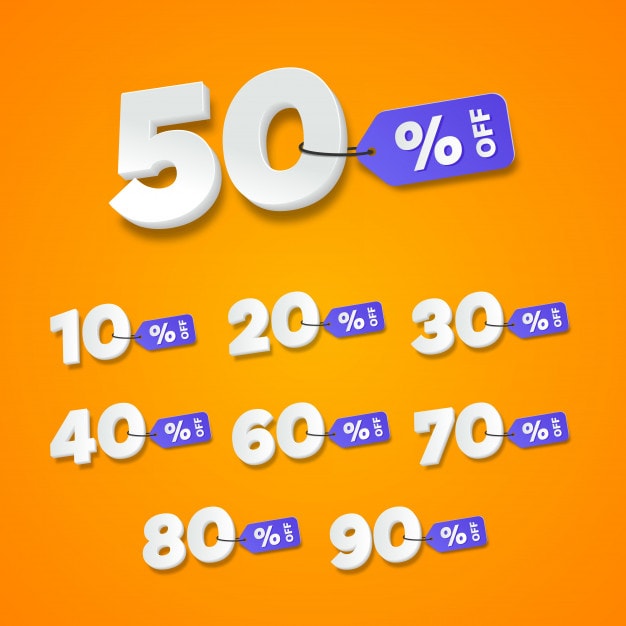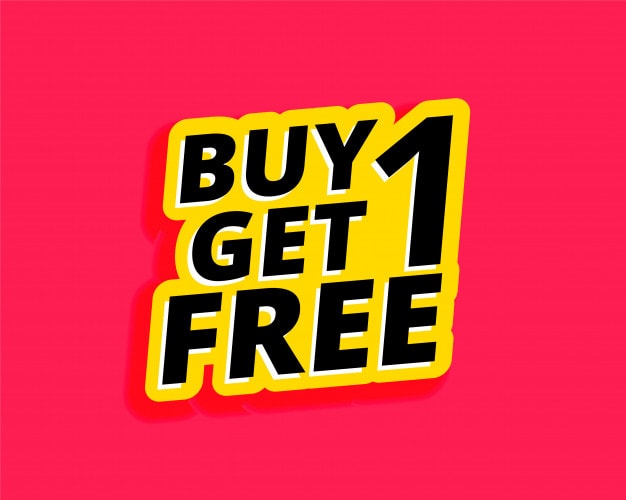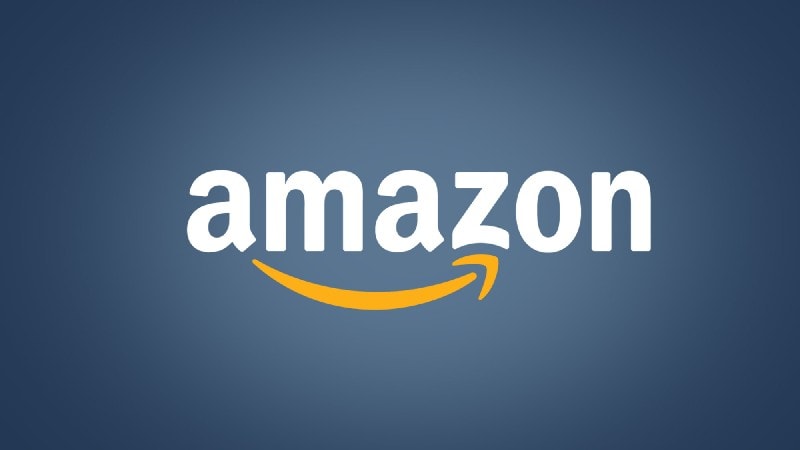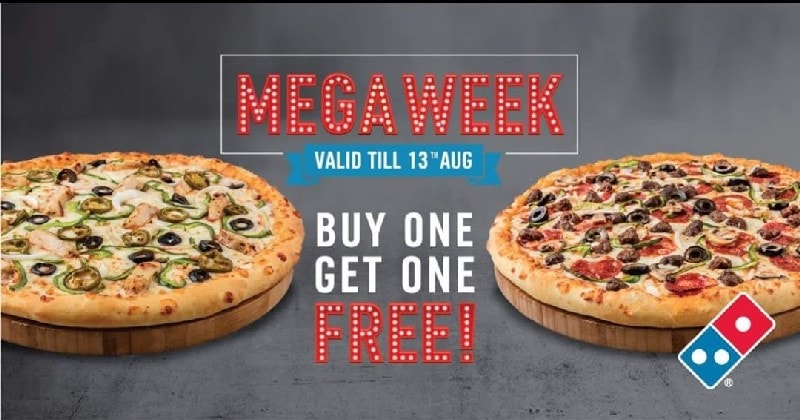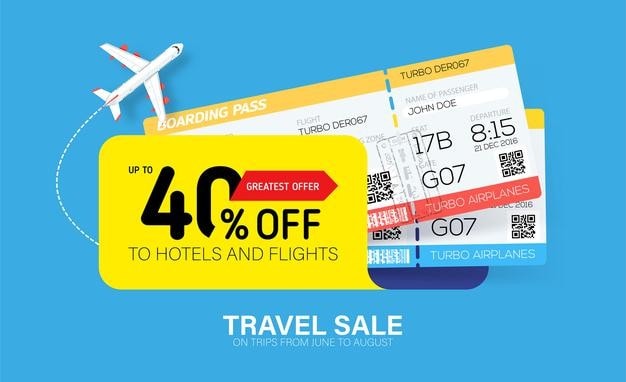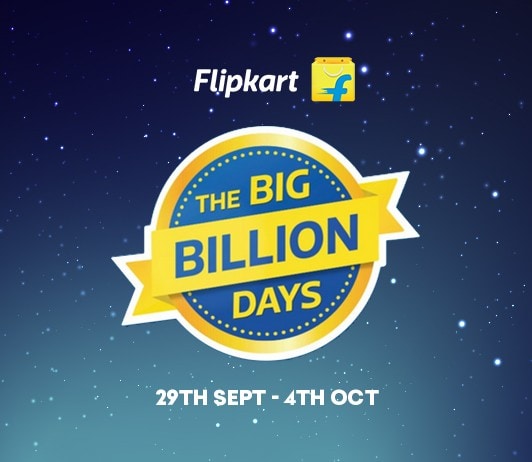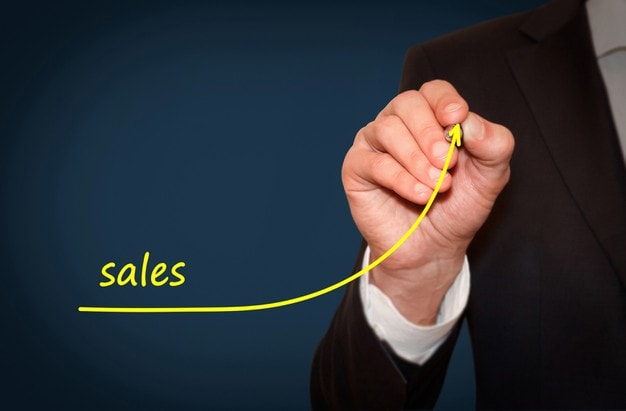Table of Contents
What is Promotional Pricing?
Promotional pricing is defined as a pricing strategy intended to attract interest and increase sales in the short term. Getting maximum sales in minimum time is the primary intent behind promotional pricing.
Every company applies promotional pricing to their products once in a while. Clearing the existing stock is the idea behind promotional pricing. Black Friday deals, boxing day deals, and New year deals are when companies adopt promotional pricing strategies.
Promotional pricing is intended for the short term only, unlike penetration pricing, which is intended for a long time. Penetration pricing exists for new products in the market which want to make their market share.
Promotional pricing is for the companies who want to finish off the stock in less time and exhaust their stock and build sales volume for the company. Penetration pricing, on the other hand, is for companies focusing on market share.
They want to establish their products in the market, which is full of competitors, and the intention is to attract customers to repeat purchase of the product. Brand awareness is the primary intention of the company utilizing penetration pricing.
Promotional pricing can be considered as a specific type of promotional pricing.
How promotional pricing work?
The promotional pricing works according to the set prices but mostly because it offers a significantly lower price than the regular price. The pricing is attractive to many customers.
The company intends to increase the customer base from the promotional pricing, but the objective remains to increase the sales base. The company reduces the price of the product by a certain fixed percentage to attract customers.
For example, if the regular price is $500, then for a specific time – say for black Friday, the price will come down by 35%, which would be $325.
Types of Promotions
They are Price discount, loyalty card, Buy one get one free, seasonal sales, and coupon.
1. Price Discount
A price discount is when the company reduces a certain percentage of the product’s regular price. The purpose of the price discount is to increase demand by lowering the price. The target is the customer segment, which is price-conscious.
Price discounts are also given to clear the stock during special seasons to stimulate buying. The discounts can be applied to any product and are adopted by the company when the demand is primarily elastic. The lower a price, the higher is the demand.
Companies may also adopt price discounts during peak season. High sales volume will help the company to get a high inventory turnover. Therefore, the warehouse cost savings will compensate for marginally low profits, resulting from a price discount. Price discounts are also given for new products in the market or for new customers.
Although in such cases, the deal is a one time offer. When a company launches its products in the market, giving price discounts is to achieve economies of scale to lower the average costs.
2. Loyalty card
Many companies use loyalty cards to promote discounts and gifts. Therefore to get a discount, having a loyalty card is essential. The company issues the card for its customers.
The company encourages customers to buy products, usually either at a discounted price or having some feature extra than regular customers. Other companies give out points that can be collected and later redeemed to get something. The more points you have, the better is your chance to get a discount.
There are predetermined prices or discounts for collecting three determined numbers of points. The more you collect the points, the better it is to get a gift or a discount.
The points that you collect can be exchanged for either a product or a discount. Some retail stores also consider those points as currency to purchase the products in the store.
3. Buy one get one free
The idea behind this offer is true to motivate the customer to buy two products at once. This will generate more sales and give him a better price as well. It is a win-win situation for both the seller and the buyer.
Companies usually attract customers with this program so that the sales numbers increase. This not only increases the sales but also increases the market share of the product. There are many variants of this program, like buy to get a 50% discount on the total price.
4. Coupons
Companies usually use newspapers or magazines to circulate coupons. In some cases, companies also use their products to distribute the coupons. For example, Coca-Cola and Pepsi are known to use their soft drink bottles to give out coupons.
The coupons are usually in the back of the label or below the cap. To avail of the coupon, the customer has to purchase the product, thereby ensuring sales.
Here you can find some examples of discount coupons in our section of the best marketing tools deals and promo codes.
5. Seasonal sales
Seasonal sales can be considered as extended flash sales. They are typically customized to move merchandise at specific times of the year. For example, the Christmas seasonal sale or New Year sale. The seasonal sale could also be like its name, the Summer sale in which discounted swimsuits, goggles, cabs are sold, or winter sales in which winter clothes like sweaters, jackets, long overcoats are sold.
Businesses use seasonal size, which is best for them for a specific product or service — the target customers are more receptive to these seasonal promotions. For example, it is essential to arrange sales of certain products during certain seasons.
Having a series of gift items during December makes sense, but having winter coats promoted in July will confuse customers. The companies must figure out the relation of customers with the season and the product or service. It is only after doing that that they can consider utilizing promotional pricing.
How to Implement a Promotional Pricing Strategy?
Mass discounting initiatives often lead to demoting a brand’s valuation. The same repeated offers are on the table for everyone to use that adds on inadvertently to the noise quotient.
The agenda is to be able to differentiate from the crowded and competitive market.
A lot goes into the implementation of the promotional pricing strategy in rebuilding the brand image and improvising the sales figures.
It highlights the need to generate quicker demand and to build up the interest of the consumers. Businesses need to question several elements, from the why, how, and when perspectives.
Price promotion highlights the need to generate quicker demand and to build up the interest of the consumers.
The best shot for the same is the incorporation of the listed examples of promotional pricing from flash sales, buy one get one offer, coupons, loyalty rewards, seasonal sales, etc.
How to Calculate the best Promotional Pricing for your Business?
The process of calculation of the best promotional pricing techniques is done by assessing the feasibility. Chalking out the discount ratio to the length of the offer.
It precedes the step of setting a price tag. Key factors that businesses should look upon while deciding the promotional price of a product are-
- Will discounting will suit your type of business
- Will discount offering support your brand or damage its reputation
- Maths involved in price promotion strategies such as incremental cost of sales, amount of the average sale, redemption percentage, normal customer acquisition cost through advertising, etc.
Here is a video by Marketing91 on Promotional Pricing.
Examples of Promotional Pricing
Promotional pricing strategies are best suited for most businesses.
There are multiple tactics used, including flash-sales, buy one get one free offer, point of sale discounts, coupons, loyalty programs, and seasonal sales. These are the major recognized methods.
Getting into the detailing, a few amongst the promotional pricing schemes are as explained below-
1. Amazon Special Sales
Business conglomerates like Amazon are one such example. It comes up with Amazon Special Sales spanning across several categories for a fixed time-period as a flash sale concept. The bargains are top-notch dictating quicker demand that constitutes the basics of promotional pricing.
2. Buy one get one free of Domino’s
The buy one gets one offers often come advertised and packed with coupons. A strategy concocted by Dominoes and most other pizza eateries. They have super deals running each day and some special deals on weekends or match days. Wherein one can avail two regular pizzas at the price of one. Two products are sold at the price of one.
3. Tackle Direct Coupons
The quirkier way of promotional pricing could be handed over to TackleDirect, which handed out coupons for abandoning shopping carts. The promotional tactic fetched the abandonment of cart rate to over and above 70%.
4. Airlines Loyalty Rewards
Airlines offer several loyalty rewards to repeated flyers. The Virgin Atlantic Flying Club entailed fliers to move up several tiers by earning points for flying.
5. Flipkart Big Billion Days
E-commerce giants like Flipkart give seasonal sales a boost. The big billion days are flagship events corresponding to festive occasions with never before deals and attractive pricing.
Importance of promotional pricing strategy
Considering why, how, and when of the promotional pricing is crucial and will help make important decisions. The logical question is to ask why you would be interested in implementing a promotional pricing strategy.
There could be multiple reasons for a company adopting a promotional pricing strategy. They could be launching a new product in the existing market or an existing product in the new market. They could be having a new product in the new market or finish the inventory of existing products. In some cases, the company might also be looking to incentivize customer loyalty. These could be the motivations for promotional pricing.
Before implementing a promotional strategy, companies should understand the objective of the promotional strategy. Having a reduced price will reduce the organization’s profit levels, and therefore it is a crucial decision to implement. The company should be able to have a plan which is workable in the market.
These objectives should be decided before adopting the strategy. The objective should have steps mentioned and planned out to achieve the final objective, which is company-specific.
There could be many factors to consider before implementing this decision, such as the nature of the business, nature of service, type of product, customer profile, location of the customers or geographical availability, nature of competition, and expected business.
In promotional pricing, no one model fits all strategy, and every product of every company should have a specific and customized model. What works for one company or one product will not always work for other companies or other products.
Advantages of price promotion
1. Rise in sales for the short-term – Price promotion is aimed at increasing sales for a short period. When the prices are low, the customers are attracted to buying the products.
Price promotion is specifically aimed at the low budget or price-conscious customer segment, usually the largest. Since the price promotion is generally for a short period, it boosts the sales for that brief period.
2. Revenue growth
The other advantage of having a price promotion is to increase revenue. The flow of cash increases in the organization even though it is for a short time. Price promotions usually aim to complete the annual targets or get that extra mile boost to go beyond the target. Revenue growth results in increased cash in the organization and better profitability.
Price promotions help the companies to give them the edge in their financial stability that organizations always look for.
3. Inventory turnover
Higher sales volume means higher inventory turnover. The stock never piles up in the warehouse as it is always getting consumed and sold. Therefore, inventory turnover increases because of price promotion.
This results in less cost or reduces inventory’s existing cost, thereby increasing the organization’s profitability.
4. Customer loyalty
There could be multiple types of promotions and appreciations of loyal customers from the company. Price promotion is one such loyalty that is appreciated by many customers.
Price promotion can be considered as a form of appreciation towards their loyal customers.
5. New customers
Before price promotion, when the product price is the same, many customers may not purchase the product due to the price hindrance. However, new customers may try the product when there is a price promotion, thereby adding new customers to the existing customer list.
The customer base expands, and if they like the product, there is a very high probability that they will purchase the product even when there is no price promotion.
It is then up to the organization to convert that new customer into a loyal customer.
Conclusion
Price promotion is an excellent strategy for an organization to promote its products and yield the benefit for the short term. It is used in many cases with objectives like increasing customer loyalty, increasing existing customer base, increasing sales or market share in a short time, or other such strategies.
It is important to remember that price promotion is a time-bound process, and it cannot be employed for an extended period. The attention that price promotion gathers is because of its time factor. Coupons, buy one get one free, loyalty points, discounts, etc., are different price promotions.
Liked this post? Check out the complete series on Pricing
